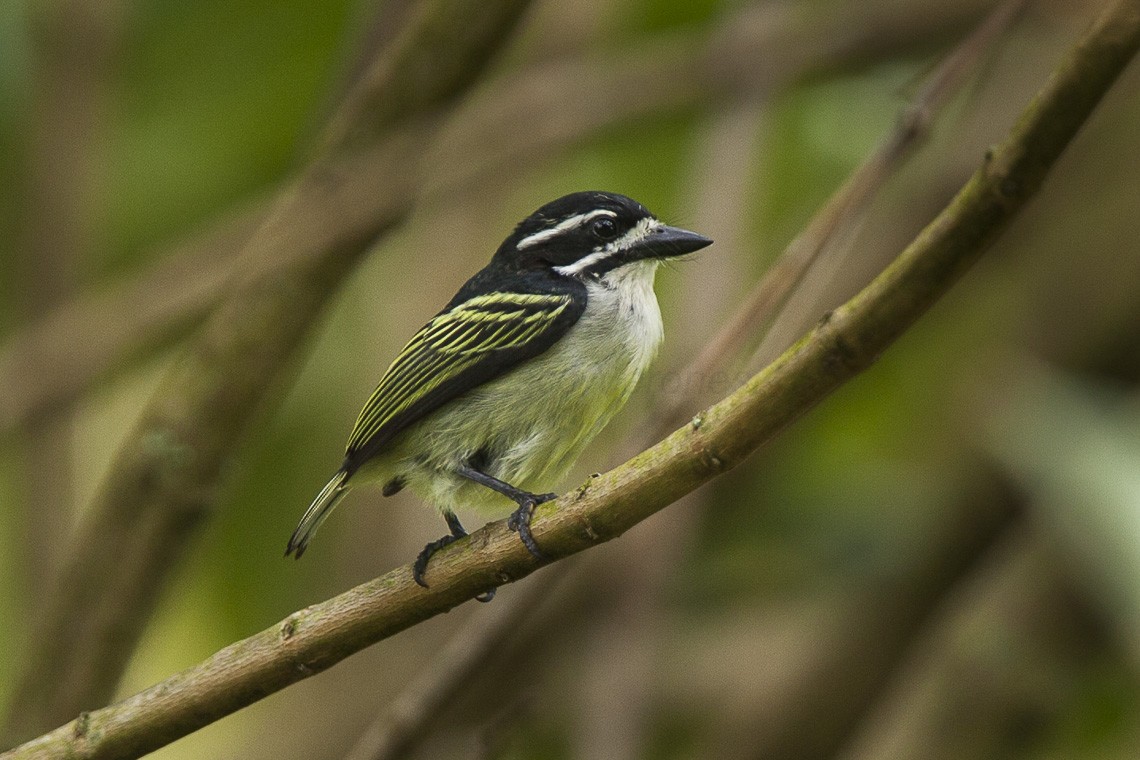Yellow-rumped Tinkerbird
A species of Tinkerbirds, Also known as Golden-rumped Tinker Barbet Scientific name : Pogoniulus bilineatus Genus : Tinkerbirds
Yellow-rumped Tinkerbird, A species of Tinkerbirds
Also known as:
Golden-rumped Tinker Barbet
Botanical name: Pogoniulus bilineatus
Genus: Tinkerbirds
Content
Description General Info
 Photo By Francesco Veronesi , used under CC-BY-SA-2.0 /Cropped and compressed from original
Photo By Francesco Veronesi , used under CC-BY-SA-2.0 /Cropped and compressed from original Description
The yellow-rumped tinkerbird (Pogoniulus bilineatus) is a bird species in the family Lybiidae (African barbets), which is native to the moist tropical and subtropical regions of sub-Saharan Africa. 
Size
12 cm
Nest Placement
Cavity
Feeding Habits
Yellow-rumped Tinkerbird favors fruit, particularly mistletoe berries, and an array of other genera. It also consumes insects like termites and moths. Their distinctive feeding includes discarding the epicarp of berries and engaging in courtship feeding. Yellow-rumped Tinkerbird forages via gleaning or flycatching and defends fruiting trees solitarily.
Habitat
Yellow-rumped Tinkerbird thrives in forested environments ranging from highland to lowland regions, especially at forest edges and clearings. It is well adapted to various woodland types, including riverine forests, sections of dry forests, and agricultural tree plantations like coffee. This species also inhabits human-modified landscapes such as gardens and tolerates a mix of indigenous and primary forest fragments. Its broad distribution covers the forest zones of Central, West, and Eastern Africa.
Dite type
Insectivorous
General Info
Feeding Habits
Bird food type
Species Status
Not globally threatened.